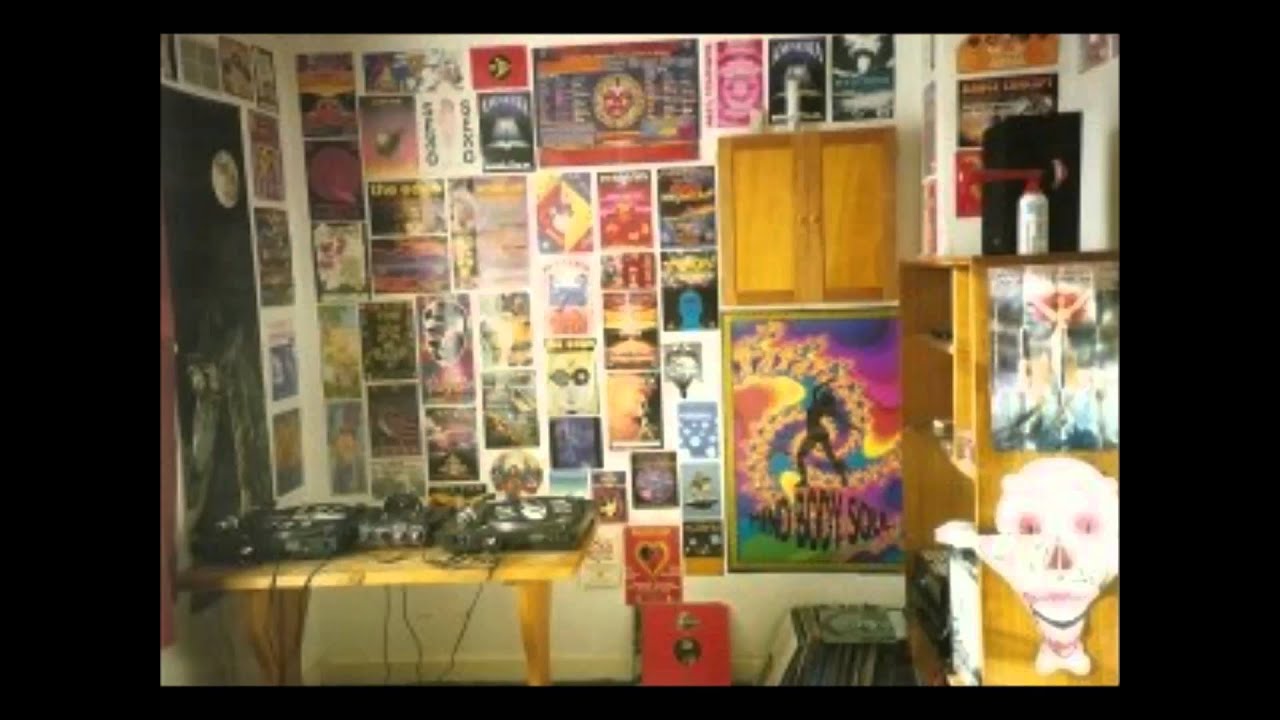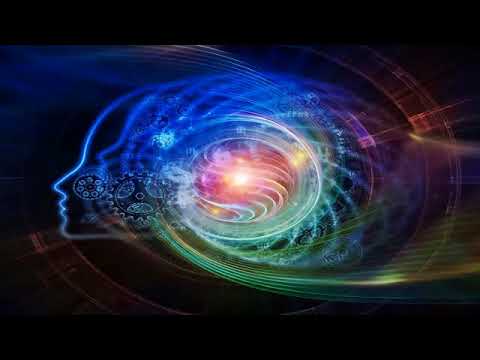TDF
In the spring of 1947, hidden amidst the desert wasteland that is now known as the West Bank, three shepherds happened upon a series of ancient scrolls. Little did they know, their findings would soon constitute the greatest discovery in the history of biblical archeology. The Dead Sea Scrolls explores the history of these findings, examines what we’ve learned from them over the decades, and interprets how they’ve shaped and challenged the consciousness of the world.
In the decade that followed the initial discovery, more scrolls would be found within the cavernous environments of the region. These 2,000-year old scrolls had never been seen in the years since their creation, and they contained close to a thousand manuscripts of revelatory information. As the film makes clear, researchers have struggled to decipher the true meanings of the scrolls and the treasure trove of insights they contain.
The film outlines the contents of these manuscripts in three groups. First, there are materials related to the Old Testament. Much of this information is similar to what we find in The Bible, though there are some anecdotes that constitute an alternate view of biblical text. The second grouping characterizes the literary heritage and everyday culture and lifestyle of the day. The third and most controversial of these document groups are the sectarian scrolls, which some scholars believe might detail much of the basis of early Christianity. While the parallels between the two doctrines are obvious, the key differences between the Sectarians and the Christians have proven inflammatory to some.
The film takes a deep dive into the evolution of religious doctrine. To accomplish this, it establishes a context to the creation and eventual discovery of the Dead Sea Scrolls, including the ancient history of the Jewish people and the landscapes they inhabited.
The Dead Sea Scrolls wades through oftentimes delicate history with great authority. The filmmaker remains unceasingly faithful to the factual evidence, and his work is well-sourced. The film isn’t afraid to spotlight an inconsistency, difference of perception or absence of adequate evidence. The deeply informed narration makes the characters, time periods and conflicts feel vivid.



